In Tibet, dragons are not just a mythical curiosity; they are part of Tibetan life and culture. These mythical beasts are everywhere, from the beginnings of Tibet’s history, up until today.
Like in many other countries in East Asia, the Tibetan dragon or Druk (also known as ‘brug and zhug), is an indispensable part of the nation’s cultural consciousness and identity. The country is even known as the “dragon in the land of snows.” But unlike its neighbors, the country treats dragons in a slightly different way. As Sachin Diwaker previously noted here on the Tibetan Journal, the Tibetan plateau is relatively isolated. This means that it took some time before Chinese Zen and feng shui beliefs were able to assimilate into local draconic lore. Curiously, there is evidence that Indian elements such as the naga made their way into Tibet’s native religion, called Bon, years before the Tang Dynasty influence even entered Tibet. This eclectic convergence of Indian and Chinese civilization, of course, is one of the defining characteristics of Tibetan culture.
In Tibet, dragons are considered among the Four Dignities — with the other three being the Tiger, the Snow Lion, the Garuda. The Dragon is believed to have the power of perfect communication and enlightenment, being able to see right through slander and other forms of manipulation. Dragons cannot be seen by the naked eye, but they are known to announce their presence with a thunderous sound that awakens people from false beliefs and perceptions. Tibetan dragons are also used to decorate temple gates and roofs, sometimes holding a mani jewel, which is believed to embody the Buddha’s teachings.
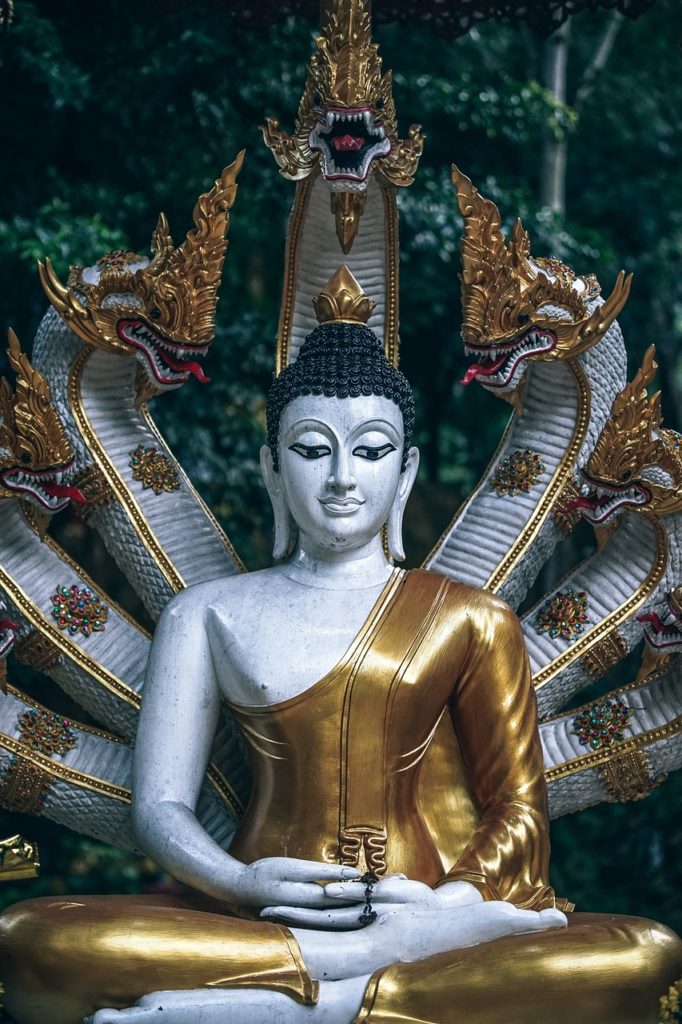
Because of their prominence, their images are printed on Tibetan prayer flags and prayer wheels, many of which can be seen on the roofs of typical Tibetan homes. In the Tibetan rLung rta prayer flags, they can be found in the corner together with the other dignities and even a horse. These flags are raised to increase a person’s rLung, or luck. Interestingly, the term rLung is similar to the Chinese word lung which can be translated to a whole host of different meanings, one of them being “dragon.”
Today, dragons can be seen everywhere across the globe, from everyday settings to fantastic media like movies and games. While Western dragons are mostly seen in fantasy shows and films, Eastern dragons are more ubiquitous, as they are present in almost all facets of life. This is true in many Asian countries, including Tibet. They can be found in bags, clothes, cars, and company logos. They even have a presence in games. The mythological creatures are also an inspiration for Expatbets, particularly in the games Dragon Shrine and Emperor of the Sea. The former capitalizes on the larger Asian connection to the dragon, which symbolizes wealth and power, while the latter is filled with imagery from traditional East Asian cultures. Thus, while most Westerners see dragons simply as fearsome-looking creatures always ready for battle, people from the East place dragons in a much higher cultural and religious regard.
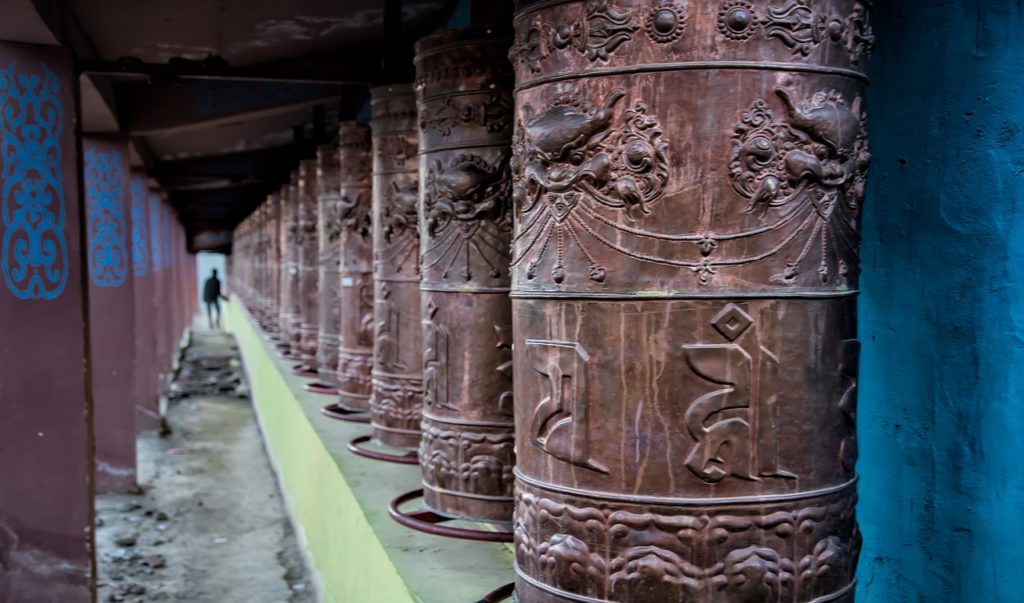
Indeed, dragons still fly over the vast Himalayan plateau, and while not many may profess to see (or feel) them flying through the skies, they are still very much a part of Tibet’s rich history and cultural imagination.

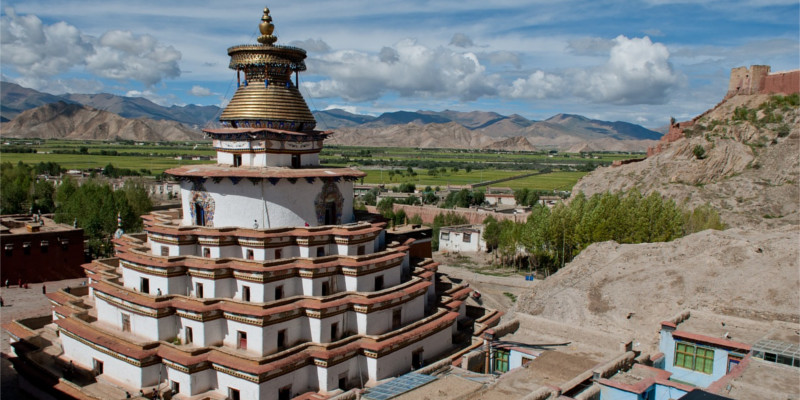
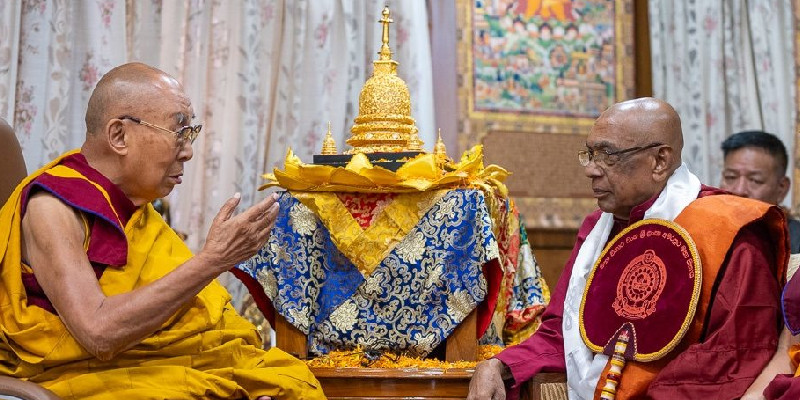
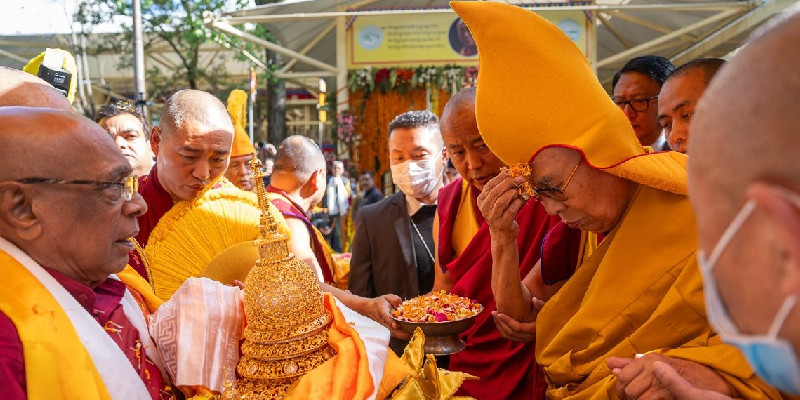
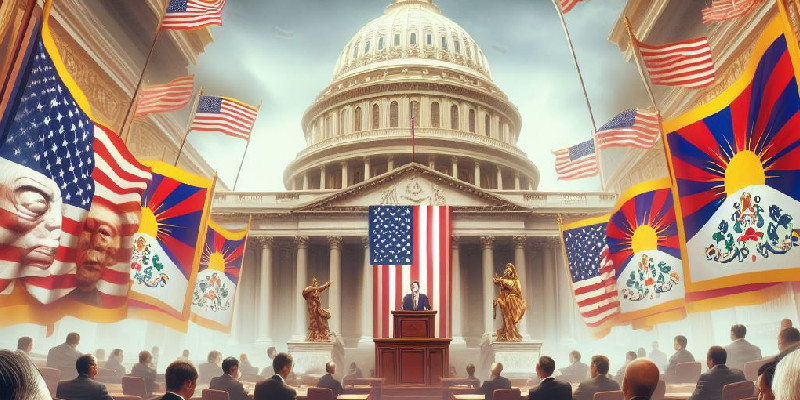


Leave a Reply